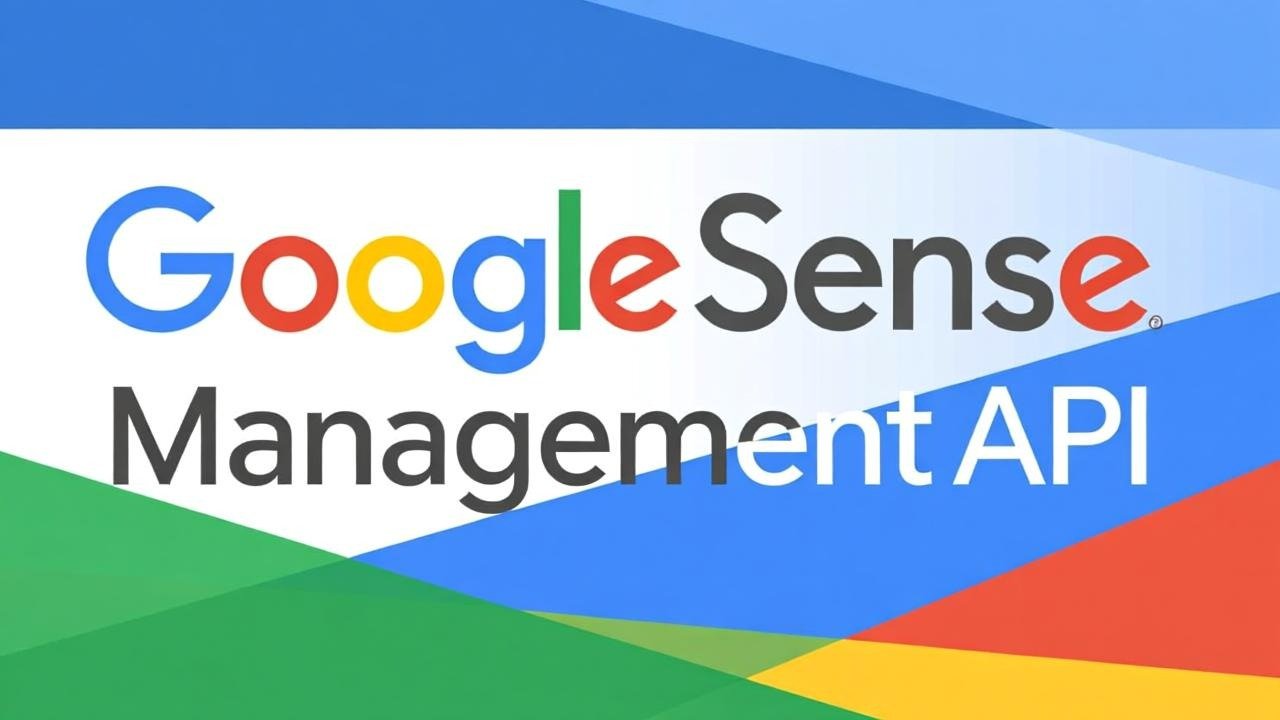In the evolving digital ecosystem, user experience (UX) has become a critical factor not only for attracting and retaining visitors but also for monetizing websites effectively with Google AdSense. Websites that prioritize seamless, enjoyable, and intuitive UX are rewarded by higher engagement, longer session durations, and increased click-through rates—all of which directly impact AdSense revenue.
This comprehensive guide explores how focusing on UX can enhance your Google AdSense earnings in 2025, highlighting best practices, key UX elements, and optimization strategies for website owners and content creators.
Understanding User Experience and Its Impact on AdSense
User experience encompasses all aspects of a visitor’s interaction with your website—from loading speed and navigation to content readability and visual appeal. A positive UX fosters trust and satisfaction, encouraging visitors to explore more pages and interact with ads naturally.
Good UX benefits AdSense monetization by:
-
Increasing page views, leading to more ad impressions.
-
Enhancing ad visibility and CTR without intrusive placements.
-
Reducing bounce rates and improving SEO rankings, thereby boosting organic traffic.
-
Building a loyal audience more likely to return and click ads.
Key User Experience Elements That Influence AdSense Revenue
1. Site Speed and Performance
Fast-loading pages are essential as slow websites frustrate users, leading to high bounce rates and fewer ad views.
-
Optimize images and scripts.
-
Use caching and content delivery networks (CDN).
-
Implement lazy loading to improve load times.
2. Mobile Responsiveness
With the majority of users browsing via mobile devices, responsive design ensures content and ads display correctly across screen sizes.
-
Use responsive themes and ad units.
-
Test user interactions on different devices regularly.
3. Clear Navigation
Intuitive menus, search functions, and breadcrumbs help users find content easily, encouraging deeper site exploration.
-
Reduce clicks needed to reach important content.
-
Organize content logically for easy consumption.
4. Balanced Ad Placement
Strategic positioning of ads without overwhelming or distracting users maximizes clicks and revenue.
-
Favor in-content, above-the-fold, and sidebar ads.
-
Avoid pop-ups or sticky ads that hinder usability.
5. Content Readability
Well-structured, readable content keeps users engaged.
-
Use headings, bullets, short paragraphs, and multimedia.
-
Choose legible fonts and sufficient contrast.
6. Visual Design and Branding
Professional, consistent visual presentation fosters credibility and trust, increasing likelihood of ad interaction.
-
Maintain consistent color schemes and styling.
-
Avoid clutter and maintain whitespace for focus.
7. Accessibility
Accessible sites cater to all users, increasing audience reach and improving engagement metrics.
-
Use alt text for images, keyboard navigation, and clear labels.
How to Optimize UX for Better Google AdSense Performance
Conduct UX Audits
Use tools like Google Lighthouse, Hotjar, or Crazy Egg to analyze site behavior, page speed, and user interactions.
Implement User Testing
Gather real visitor feedback through surveys or usability tests to identify pain points and improvement areas.
Optimize Ad Formats and Sizes
Experiment with AdSense ad units to find combinations that blend naturally with content yet attract attention.
A/B Test Ad Placements
Use Google AdSense Experiments or third-party tools to compare different ad layouts and select top performers.
Maintain SEO Best Practices
UX improvements complement SEO efforts, driving sustainable organic traffic growth.
Monitoring UX Impact on AdSense Revenue
Track metrics such as average session duration, bounce rate, page views per session, CTR, and RPM.
Use integrated reporting in Google Analytics and AdSense to correlate UX changes with revenue fluctuations.
Avoiding Common UX Mistakes That Hurt Monetization
-
Overloading pages with ads reducing content visibility and user satisfaction.
-
Using intrusive or aggressive ads causing visitors to leave.
-
Neglecting mobile users by not optimizing responsive design.
-
Ignoring accessibility leading to lost potential audience.
High Authority Resource
For in-depth principles of UX design and its business impact, refer to the Nielsen Norman Group, a leading UX authority: What is User Experience (UX) Design?
Read More: How to Use Google AdSense to Monetize a Niche Blog Successfully in 2025
Conclusion
User experience is a foundational element for maximizing Google AdSense revenue in 2025. Prioritizing fast, accessible, and user-friendly websites increases visitor engagement, improves ad interactions, and earns Google’s favorable algorithmic treatment.
A continuous focus on refining UX alongside smart ad placement and content quality builds a profitable ecosystem where users, advertisers, and publishers all benefit.










